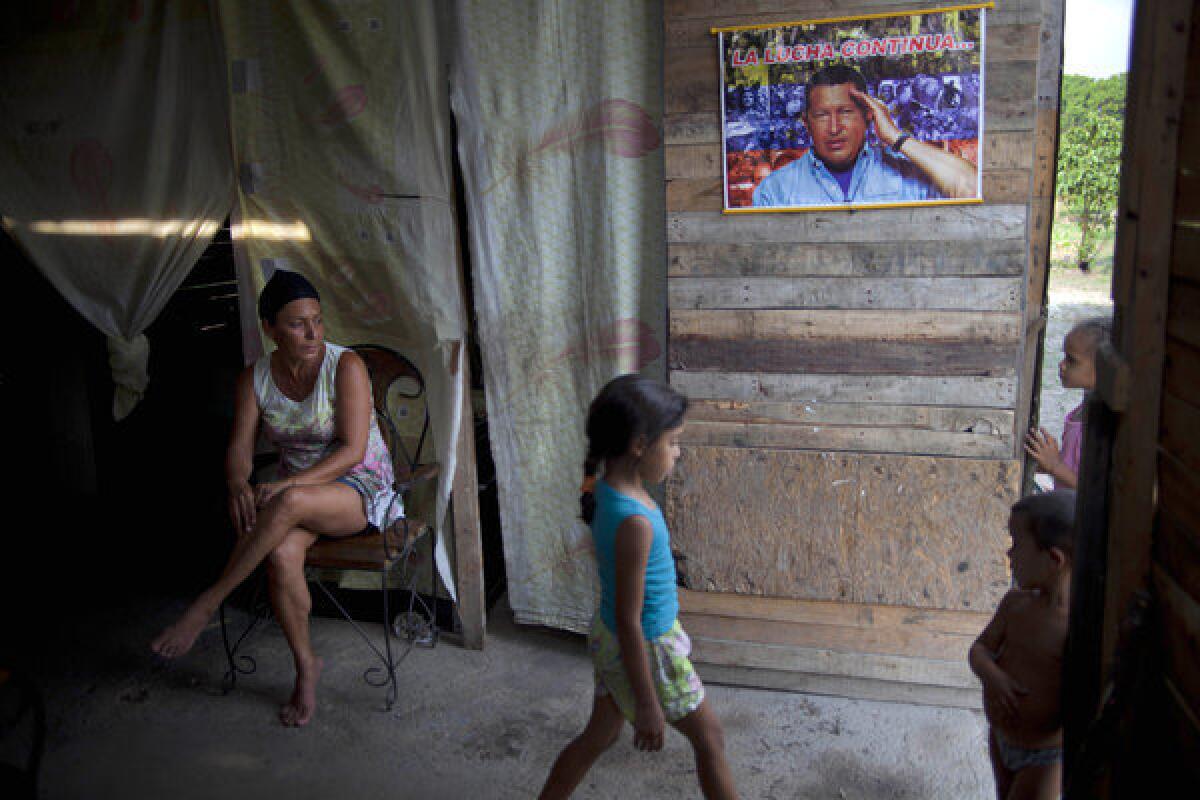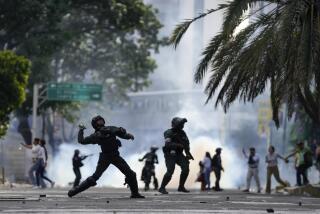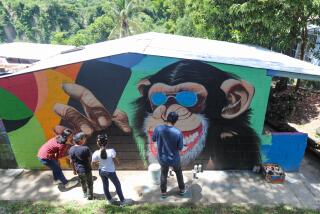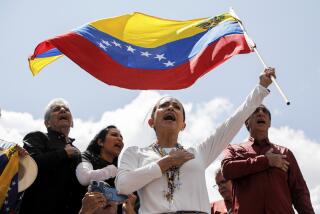Snapshot of Venezuela after Hugo Chavez

Venezuela’s interim president, Nicolas Maduro, squares off Sunday with Miranda state Gov. Henrique Capriles in an election that will decide who will complete the term of Hugo Chavez, who died March 5 after designating Maduro as his political heir.
Voters will be influenced by how they fared under Chavez’s Bolivarian Revolution, which reduced poverty but also brought rampant inflation, soaring crime and food shortages. Here is a snapshot of Venezuala after 14 years of Chavismo.
Economy: Pressing issues include a 20% inflation rate, a ballooning government deficit and a dearth of investment. Price controls have created a thriving underground market in food staples. The country must now import sugar, rice, coffee, milk and beef.
Poverty : Using the nation’s oil wealth, Chavez slashed poverty from 48.6% in 2002 to 27.6% in 2008, according to United Nations figures. The likelihood that a child will die before reaching his or her fifth birthday dropped from 2.3% when Chavez took office in 1999 to 1.5% in 2011, the most recent figures available from the World Bank.
Crime: Venezuela suffers South America’s worst murder rate, 73 per 100,000 inhabitants in 2012, according to the nongovernmental Venezuela Violence Observatory. That is nearly 15 times the U.S. homicide rate. Kidnapping for ransom has soared.
Social services: Chavez offered Venezuela’s poor generous social programs, including access to education, healthcare, sports, culture and subsidized housing.
ALSO:
Venezuela’s interim leader slams rivals
Hugo Chavez dies at 58; hero to Venezuela’s poor
Chavez’s spirit will guide Venezuela - until leftist unity frays
Twitter: @alexzavis
More to Read
Sign up for Essential California
The most important California stories and recommendations in your inbox every morning.
You may occasionally receive promotional content from the Los Angeles Times.










